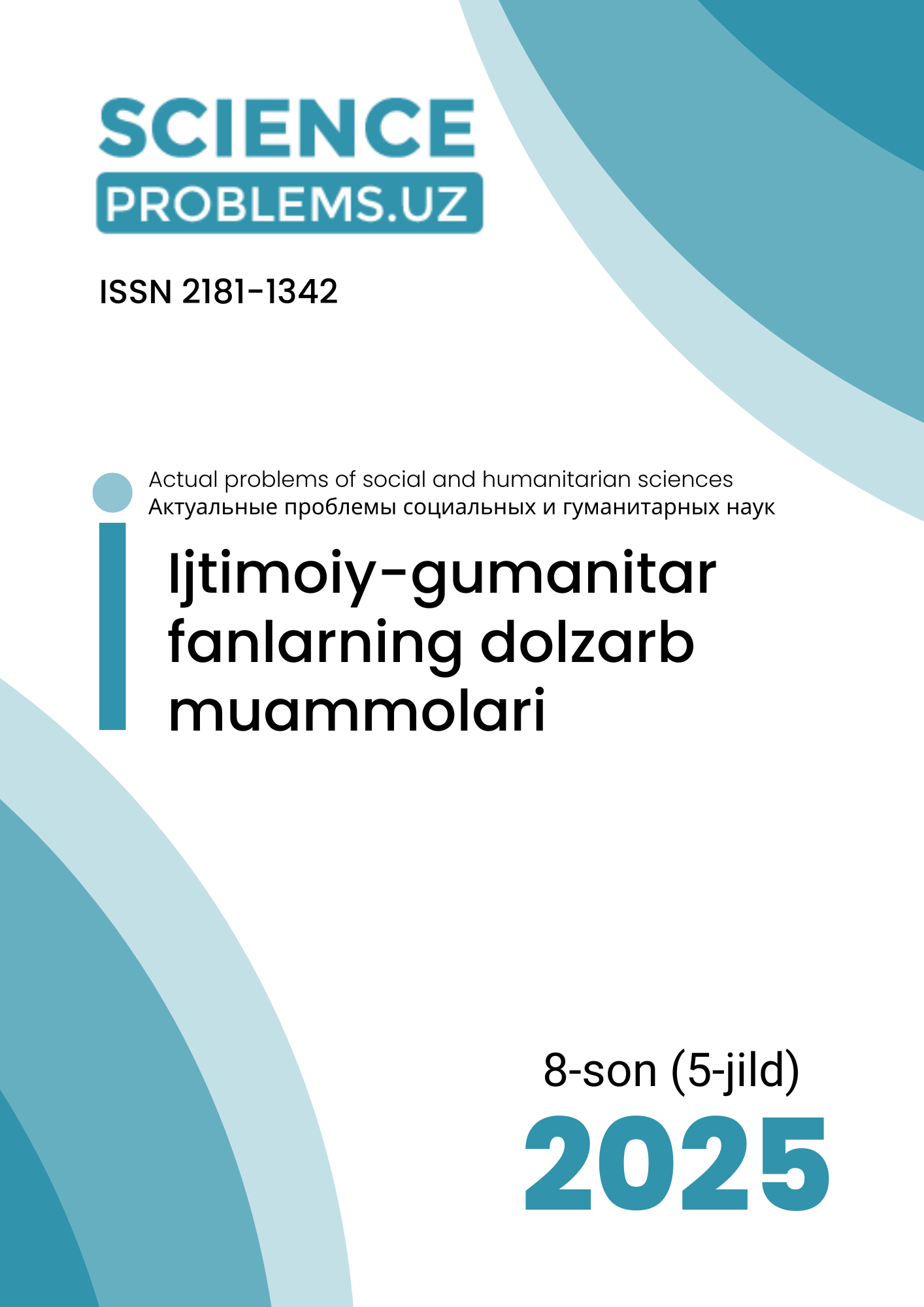FUNCTIONS OF CODE-SWITCHING IN ENGLISH LANGUAGE TEACHING CLASSROOMS IN UZBEKISTAN
DOI:
https://doi.org/10.47390/SPR1342V5I8Y2025N45Keywords:
code-switching, communicative competence, pragmatic function, instructional function, classroom communication, lesson contentAbstract
This study explores the pragmatic and instructional functions of code-switching in Uzbek-English classrooms. The research uses classroom observation and transcription analysis and identifies key functions. Findings reveal that code-switching strategically supports comprehension, classroom interaction, and language development. The result of this research is expected to be useful for teachers in the field of language to understand the functions and the effectiveness of code switching in the classroom. The study concludes that purposeful code-switching helps improve English language teaching in Uzbek classrooms.
References
1. Bloomfield, L. (1935). Language. London: Allen & Unwin.
2. Cook, V. (2001). Using the first language in the classroom. Canadian Modern Language Review, 57(3), 402–423.
https://doi.org/10.3138/cmlr.57.3.402
3. Ferguson, G. (2003). Classroom code-switching in post-colonial contexts: Functions, attitudes and policies. AILA Review, 16(1), 38–51.
https://doi.org/10.1075/aila.16.05fer
4. Halliday, M. A. K. (1973). Explorations in the functions of language. Edward Arnold.
5. Hancock, M. (1997). Behind classroom code-switching: Layering and language choice in L2 learner interaction. TESOL Quarterly, 31(2), 217-235.
6. Macaro, E. (2001). Analysing student teachers' code-switching in foreign language classrooms: Theories and decision making. The Modern Language Journal, 85(4), 531–548. https://doi.org/10.1111/0026-7902.00124
7. Murodova, N. I. (2024). Linguistic, social, and educational implications of code switching and code mixing in Uzbekistan. International Journal of Artificial Intelligence, 4(8), –36. https://doi.org/10.5281/zenodo.---
8. Saydazimova, D., & Rustamov, F. (2025). The role of code-switching in Uzbek‑English bilingual classrooms. ZDIF, 4 (13), 63–65. https://doi.org/10.5281/zenodo.15589856
9. Sebba, M., Mahootian, S., & Jonsson, C. (Eds.). (2012). New York: Routledge.
10. Sert, O. (2005). The functions of code-switching in ELT classrooms. The Internet TESL Journal, XI (8). Retrieved june 23rd, 2012, from http://iteslj.org/Articles/Sert CodeSwitching.html








